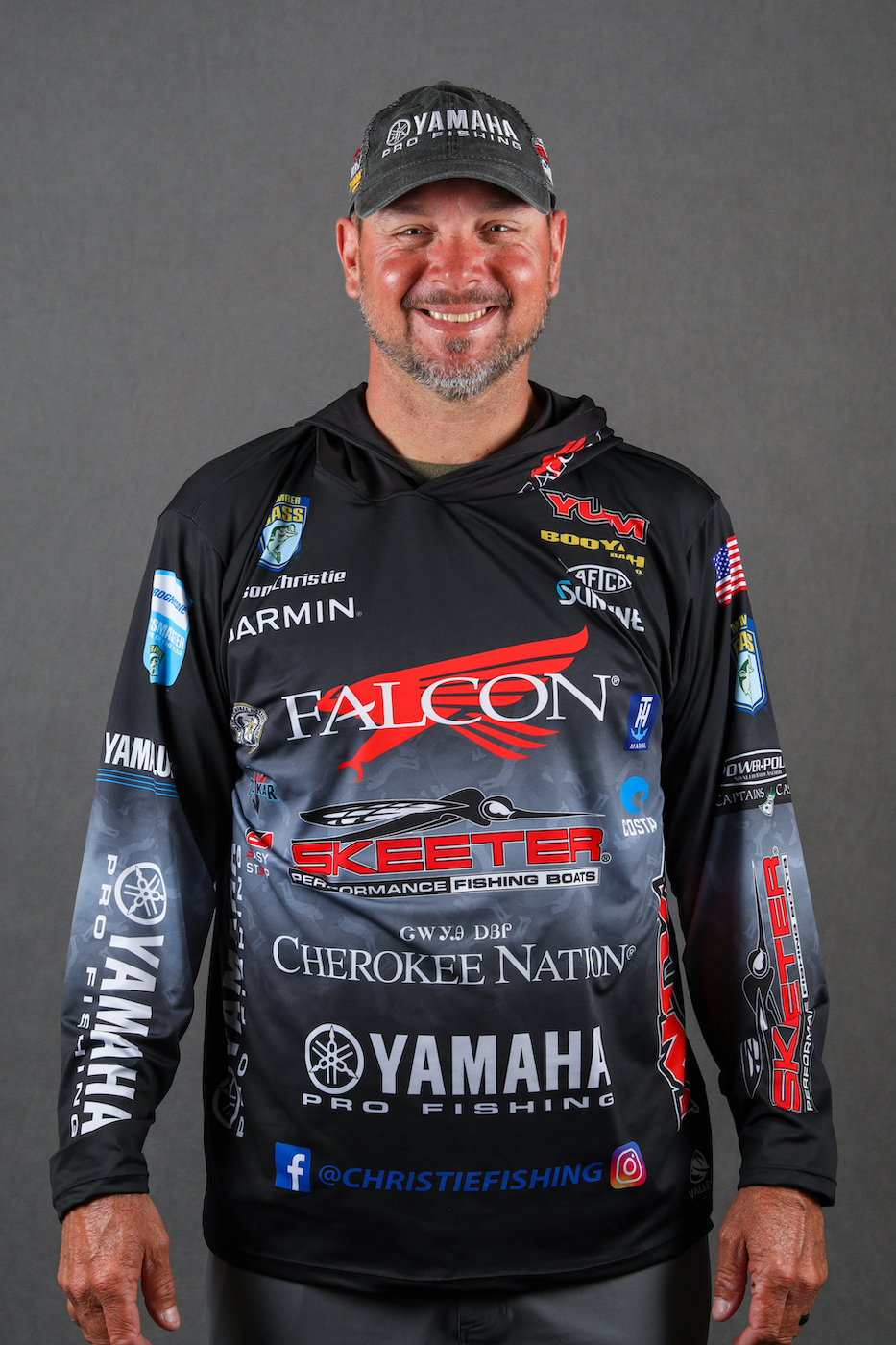Late fall is a time of transition for bass. Right now, the fish are on the fence with shallow water on one side and deep water on the other.
There’s still a lot of fish that are feeding, but I expect to see more cold weather in the coming weeks and then the fish will start to lean toward their deeper winter patterns.
That’s generally how the seasonal movements go. We’re at the tail end of that fall feeding frenzy and, as we get closer to winter, those fish want to be close to their wintering grounds.
This time of the year can offer a mixed bag of opportunity with feeding strikes and reaction strikes. I like to be ready for anything so when I’m not in the tree stand, I can hit the lake and take advantage of whatever the day offers.
Here’s my main lineup for this late fall period:
Bandit 200 Crankbait: I’ll throw either a crawfish or shad pattern depending on the water color. The darker the water, the more I go to crawfish colors. The clearer the water, the more I’ll go with shad colors.
I’ll also pay attention to what the bass are eating, so if I catch one and he has a crawfish in his gullet, then I know I need to use a crawfish color. Likewise, if I see the fish are feeding on shad, then that tells me to go with shad colors.
This is a bait I can fish from a foot to about 8 feet. I can bounce off the rocks, cover a lot of water and get a lot of bites.
This time of year, it’s not about winning a tournament; it’s about finding lots of fish. I’m conf that if there are fish around, I’m going to catch them on a Bandit 200.
Yum Money Minnow: I’ll fish this swimbait on an open jighead; a 1/2-ounce for shallow water to about 20 feet, or 1-ounce for deeper water. If I can get semi-clear conditions, I can cover the entire water column by just changing my retrieves.
I can burn this bait and fish it close to the top, I can keep it at the mid depth or I can slow roll it down deep. If I’m catching them on a crankbait, I might pick this up to catch a big fish.
Booyah Spinnerbait: I like a 1/2-ounce this time of the year and my go-to color is chartreuse with double willow leaf blades – silver for the smaller one and gold for the big one.
I’ll fish this bait anywhere from laydowns to open water. I especially like this bait if the water is dirtier in the backs of the creeks from warmer rain runoff.
I’ll try fishing this bait fast or slow and let the fish tell me what they want.
Smithwick Rogue: When the water gets down into the 40s, I’ll start throwing my winter baits, and this 4 1/2-inch suspending jerkbait will catch a lot of fish during that winter transition.
Everybody thinks a jerkbait is only for the cloudy and windy days, but it also can be effective on a sunny day. They’ll come up and eat even in bright, calm conditions.
If the sun’s out, I like translucent colors, but with dim skies, I’ll go with a brighter, chartreuse bait that stands out more.
I like to fish a jerkbait over channel swings where the fish are heading into their wintering holes. I typically find a moderate jerk-jerk-pause retrieve better than a slower retrieve where you let the bait sit for 10 seconds.
You may fish over a few fish, but you also cover more water. I think you end up with more opportunities this way.
Booyah Finance Jig: This is the bait I use for slow, methodical presentations. I’ll throw a 1/4- to a 1/2-ounce based on wind, and I’ll keep it simple with either a black/blue or green pumpkin jig.
I pair my Finance Jig with a Yum Craw Papi trailer. I like that plastic because it doesn’t have a lot of action at the slow speed of a winter retrieve.
That’s just what I want when the water’s getting colder. I want a realistic craw style profile, but live crawfish don’t swim and kick frantically in the winter time. That’s why a trailer with little motion is important when you’re crawling the jig across the bottom.
Remember that fish don’t have to eat as much in the wintertime, so as the season progresses, you may have to make them react. They don’t always want to eat, but if you keep a good selection of baits handy, you can often talk them into it.





